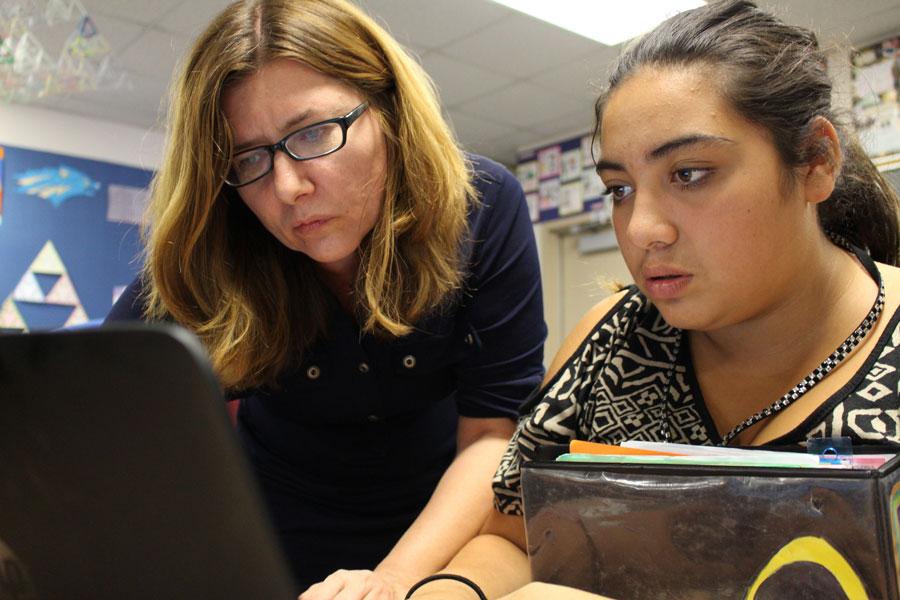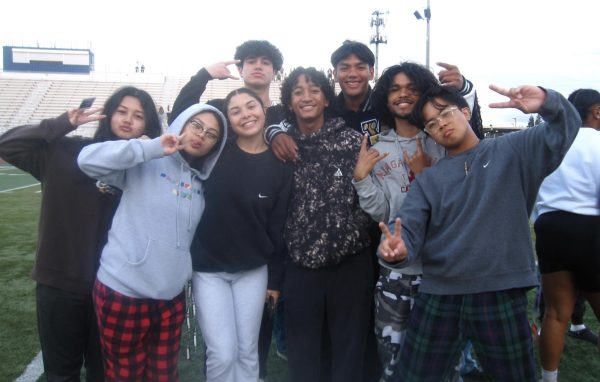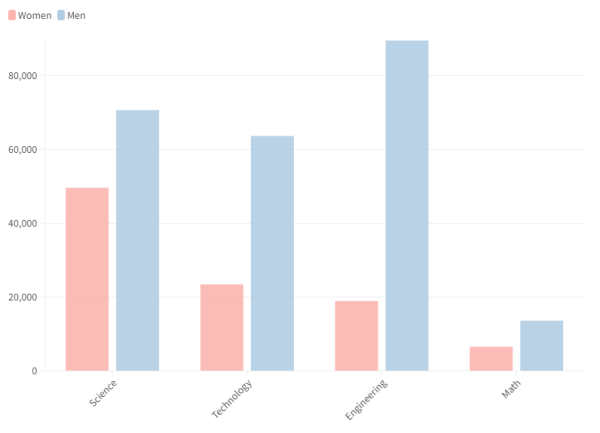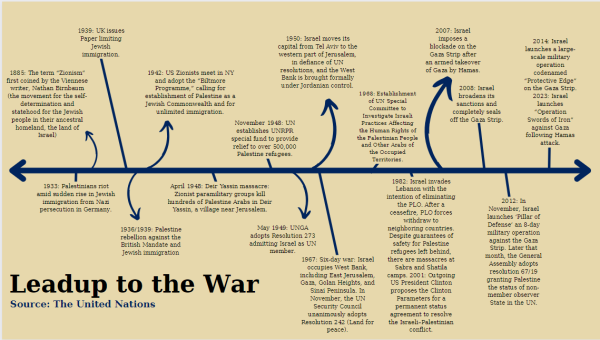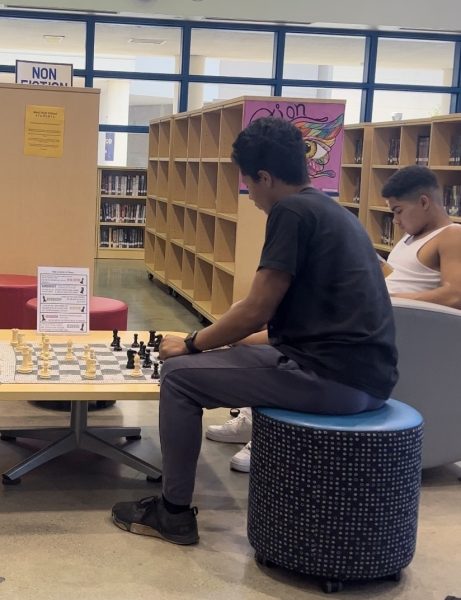Common Core in math
September 25, 2014
Common Core is here and has made some changes at West High. One of the biggest changes is the new program in the math department: Carnegie Learning Online.
The Carnegie program has been moved into the math classes, Algebra 2 Pre-AP and lower, via computer and workbook and has also joined other schools here in Tracy as well as the state of California itself.
So, where did the money come from for these thousands of new laptops and workbooks? The state.
“Governor Brown has allocated several billion dollars to reform [the] schools. This money was to be spent in three areas: new curriculum, professional development and the technology,” Dr. Dmitriy Voloshin, Director of Staff Development, said.
Over the summer, teachers took four days of staff development to learn about the new workbooks and technology. The teachers were also told that the students were to use the computers three days a week and work within the book for two.
However, most students are unsure of whether they like this new implementation. Others are also either devoutly for or against the program.
“I like actually being taught by a teacher, but I think for some people that work at a slower pace, that [using the computer] works for them,” junior Rebecca Russo said.
It also fits well for students that work at a faster pace. Freshman Isaac Paz loves working on Carnegie. He says that listening to a “chalkboard” lesson can get boring, so using the computers is refreshing. Paz also likes working at his own pace and has no issues with the program. This is a better alternative because, “[he doesn’t] really like the paper/pencil stuff.”
On the flip-side, there are students who do prefer a physical lesson with notes and textbooks. Among these students is junior Briana Lewis.
“I would prefer to use the textbook. Online, it’s much more difficult,” Lewis said.
Lewis also points out that now, students like her, who play sports, cannot simply take a textbook with them to study or work on homework on a bus ride to a game or match.
Then, there is also the matter of whether a student is able to access the site at home. Some students do not have computers, the right software or internet connection so that they can work on mastering the skills at home if need be.
But students aren’t necessarily the only ones who have issues with the new program, some teachers are having a hard time as well.
“I like the fact that a student can [work] at their own pace, but it’s definitely difficult to manage for the teachers, not to mention incorporating the computer grades is difficult,” math teacher David Haut said.
Haut says that Carnegie works by sections, problems and mastery. Students, who read a section and the “how-to’s” and are given problems to practice. Once they obtain a ninety-five percent or higher in that section, they have “mastered” it and are able to move on to the next section.
A dilemma with this is that the students who struggle with the material are given more problems to work on and therefore may complete fewer sections. Another student who masters the material quickly completes fewer problems and more sections. So, do the teachers grade students based off of the number of problems that a student completes or by the number of sections they have mastered? Or can a fair, happy-medium be found?
Another worry is that the computers will replace the teachers and that the teachers will merely become tech support.
“Computers cannot completely replace [the] instructor because [the] instructor addresses every student’s needs,” said math teacher Ludmyla Krasnova.
Voloshin agrees. “Computer systems are a tool. They are not here to replace the teacher. They’re not here to think for you. They are simply here to help you learn more [effectively],” Voloshin said.
Voloshin has a passion for students and technology. He mastered in business, worked for companies such as I-Tech, General Electric and Apple; he was then a high school mathematics teacher for about eight years and moved on to help design and improve the mathematics curriculum for the entire state of California.
Needless to say, Voloshin has experience in both the fields of math and technology and feels strongly that the two are able to work in harmony and will help the students in the long run.
Krasnova said, “Computers themselves do not make changes; it’s what we do with them. So, computers could do [an] awesome… job enhancing how students learn, but they also could be destructive and [prevent] kids from getting [a] rigorous education. So, it all depends [on] what we do with them. [But] it is too early to judge [right now].”

